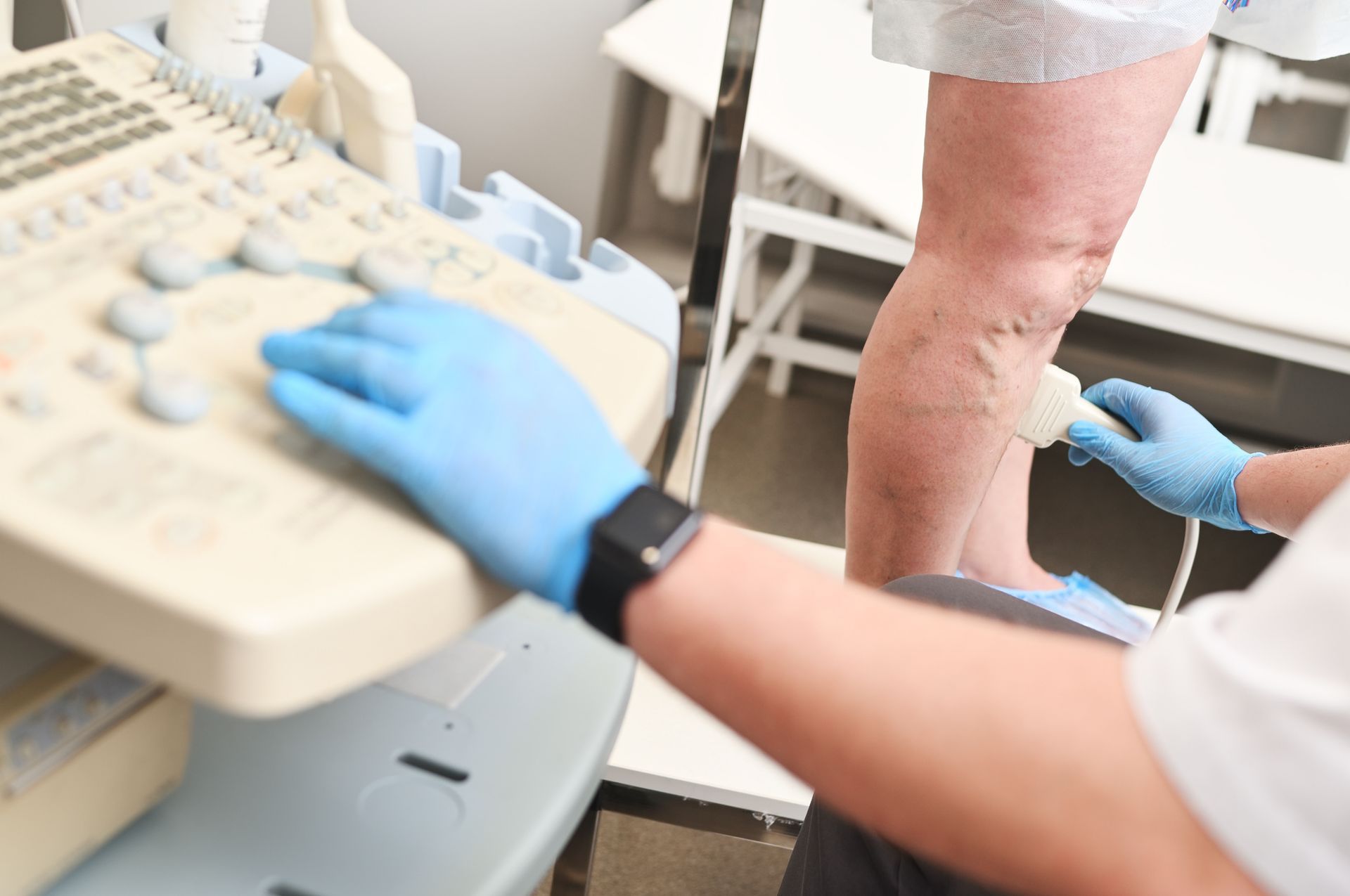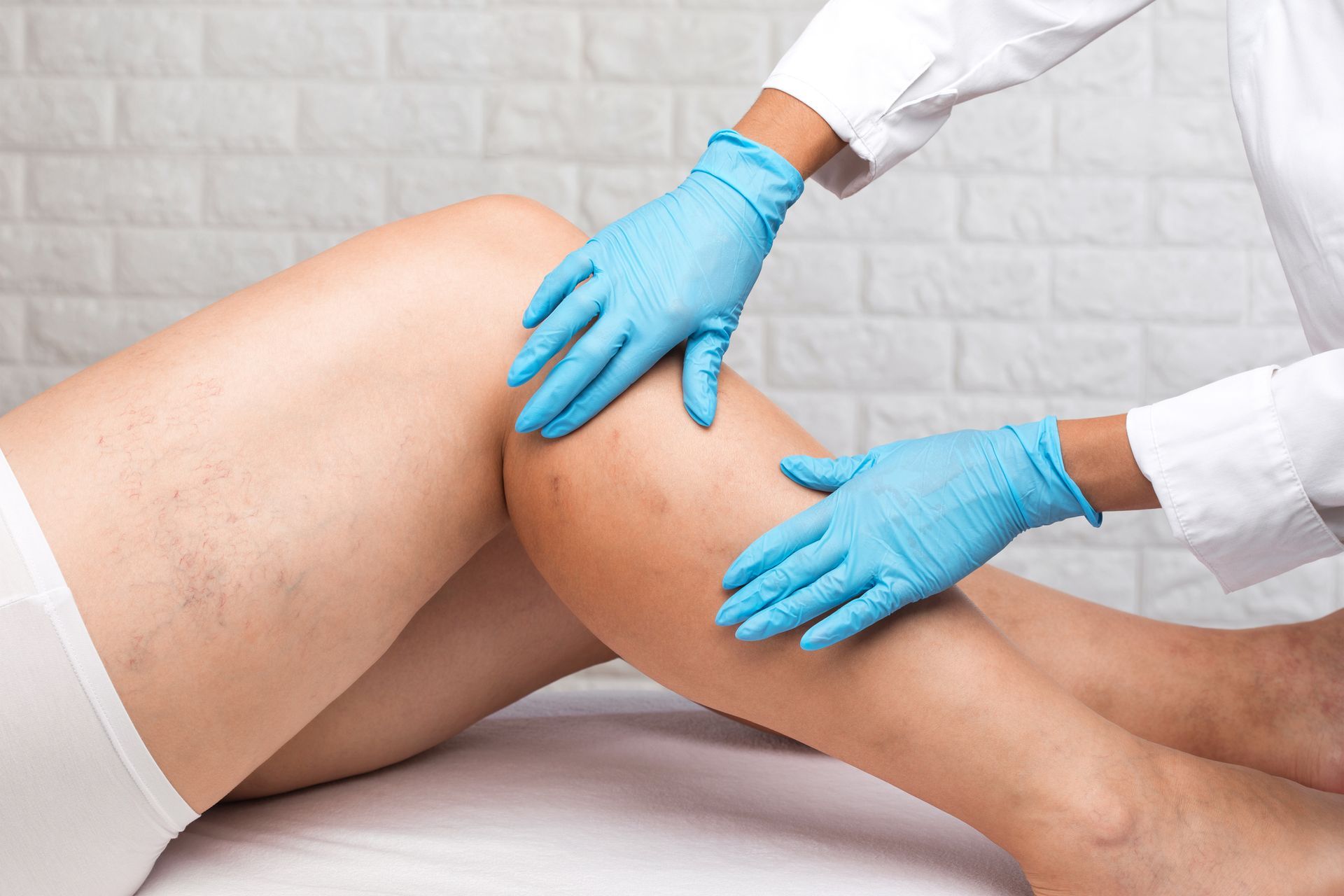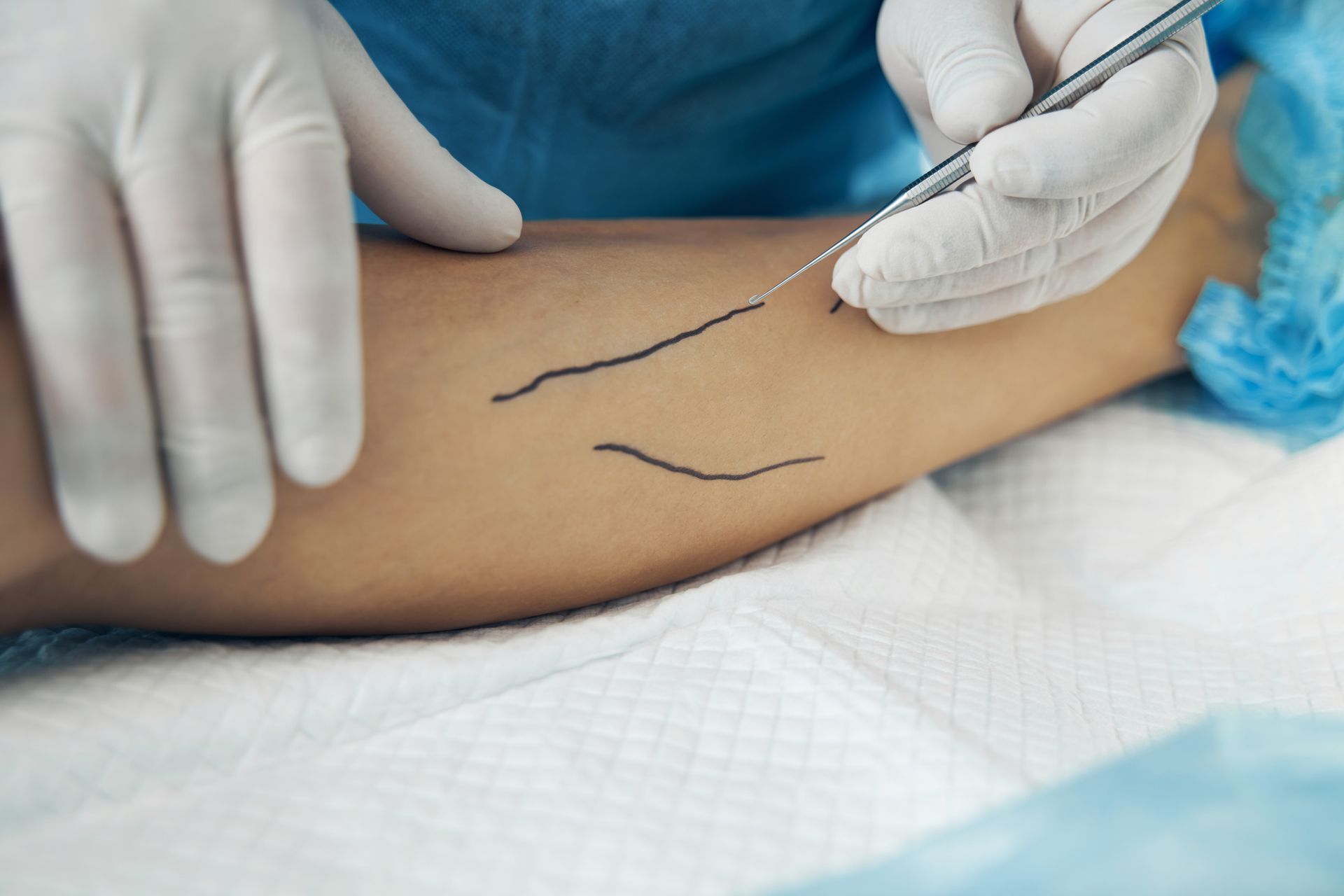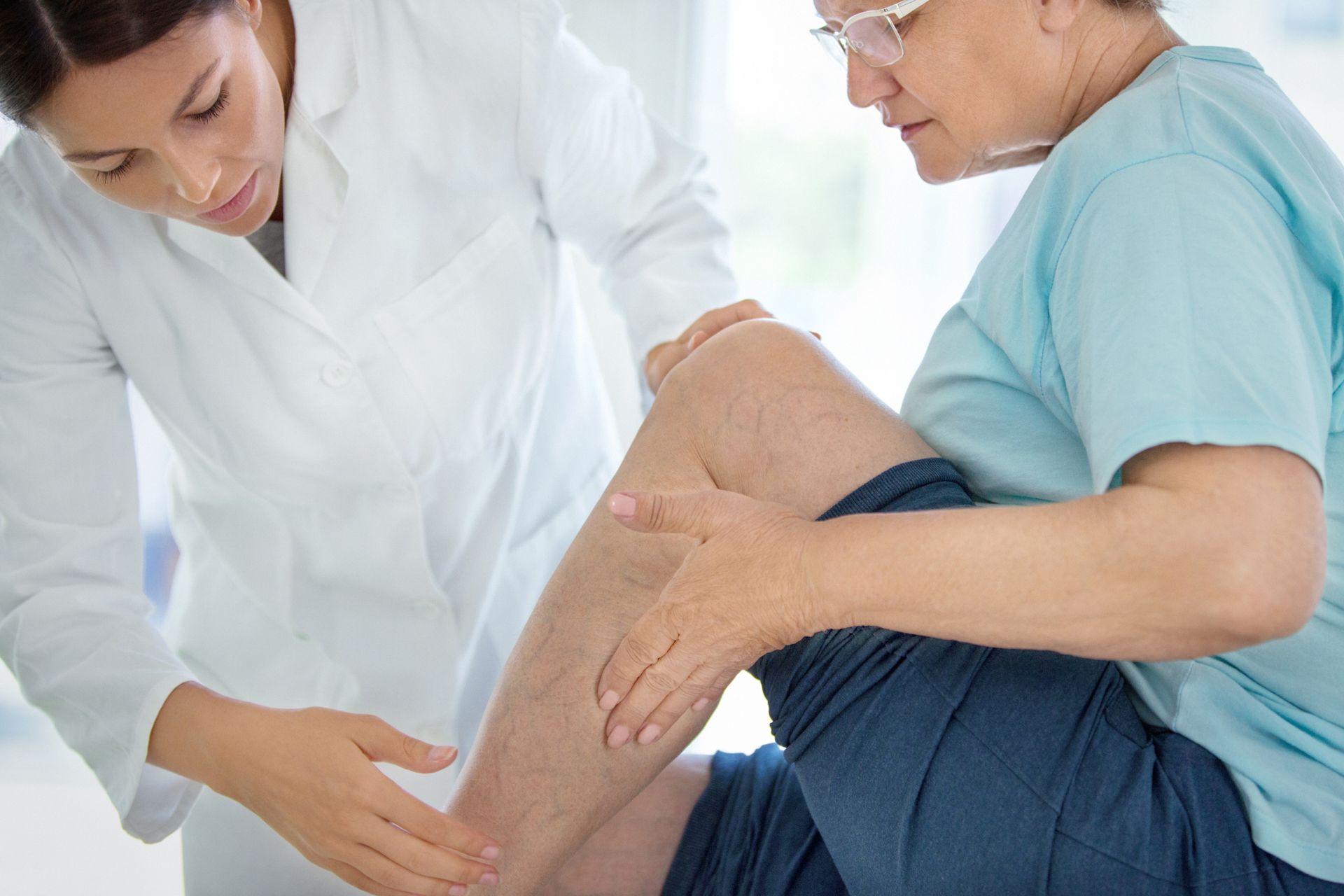Leading Varicose Vein Clinic in Chicago, IL
Are you seeking a trusted varicose vein clinic in Chicago, IL? Shapiro Vein Center is the leading clinic for your varicose vein treatment needs. Our clinic offers personalized care and precise diagnostics. Ready to get started? Call us today at (847) 675-9500 to schedule your appointment.


Vein Treatment Options in Chicago, IL
At Shapiro Vein Center, our varicose vein clinic provides a range of effective vein treatments. Our specialized services include
- Endovenous Laser Ablation (EVLA): A minimally invasive procedure that uses laser energy to close off affected veins.
- Radiofrequency Ablation (RFA): This technique employs radiofrequency energy to seal varicose veins.
- Varithena Treatment: An injectable foam that collapses and seals the troublesome veins.
- Ultrasound-Guided Sclerotherapy: Utilizes ultrasound to guide the injection of a sclerosant that closes off varicose veins.
Symptoms of Varicose Veins
Dealing with varicose veins can be challenging. Common symptoms include
- Aching or heavy feeling in the legs
- Burning, throbbing, muscle cramping, and swelling
- Pain after sitting or standing for long periods
- Itching around one or more veins


What to Expect from Shapiro Vein Center
When you choose our varicose vein clinic, you can expect comprehensive and compassionate care. Here's what you can look forward to:
- Personalized Consultations: We take the time to understand your unique condition and provide tailored treatment options.
- Expert Diagnoses: Our team uses advanced diagnostic tools to ensure the most accurate assessments.
- Effective Treatments: We offer state-of-the-art procedures to provide relief from varicose veins.
- Post-Treatment Care: Our commitment to your health continues after treatment with follow-up care and support.
Contact Us for Pain-Free Legs!
Don't let varicose veins affect your quality of life. Trust Shapiro Vein Center, the leading varicose vein clinic in Chicago, IL, to provide effective treatment options. Schedule your consultation today and take the first step toward healthier, pain-free legs. Call us at (847) 675-9500.
